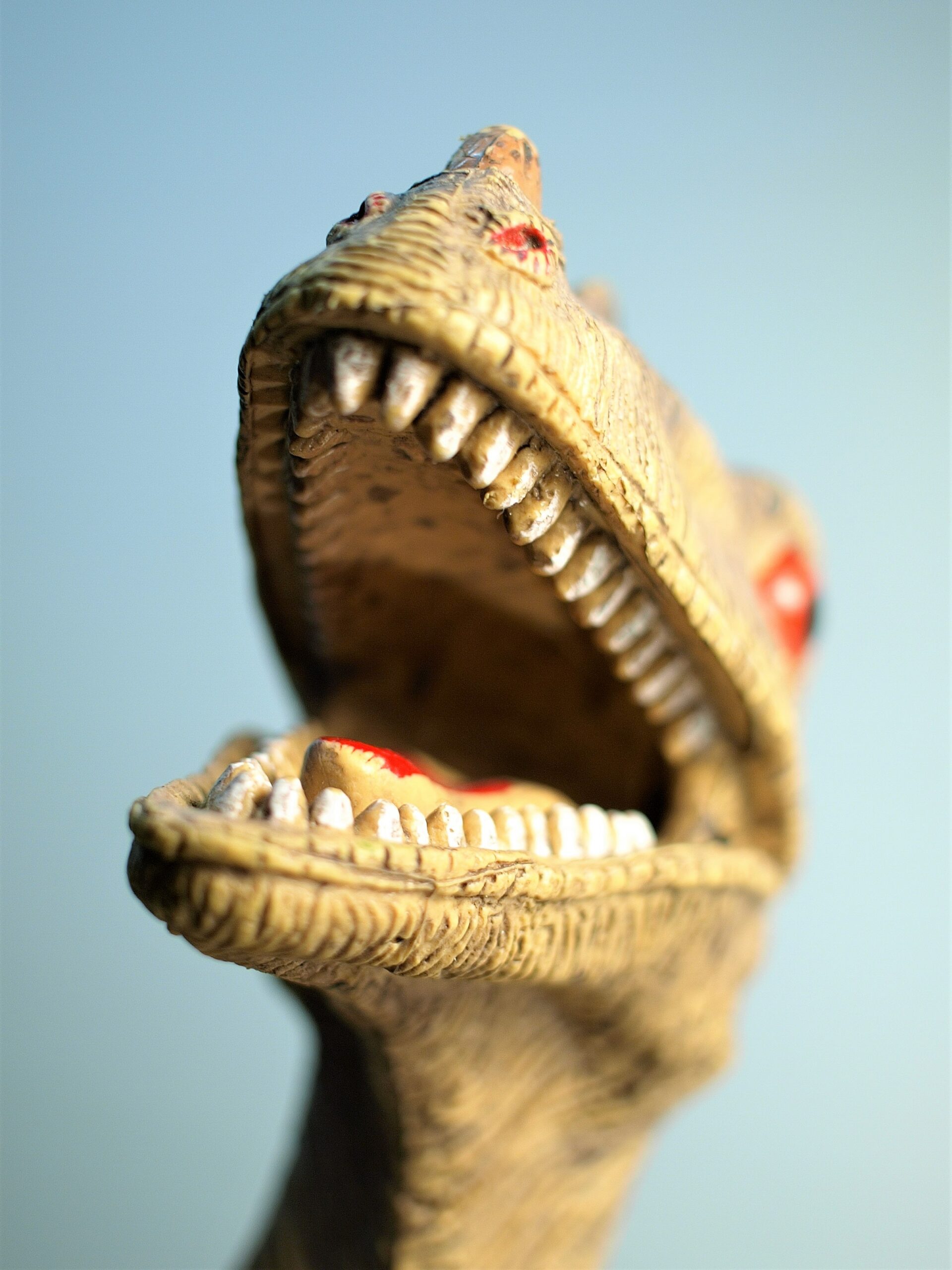A flying reptile fossil surprises scientists 1:02
(CNN) — The winged reptiles known as pterosaurs, airplane-sized creatures that took to the skies when dinosaurs walked the Earth, were the first vertebrate animals to develop powered flight.
A spectacular three-dimensional fossil of a previously unknown pterosaur has been discovered off the coast of the Isle of Skye, off the west coast of Scotland.
Researchers remove the unusually well-preserved skeleton of a previously unknown pterosaur, discovered on the Isle of Skye, off the west coast of Scotland.
With a wingspan of more than 2.5 meters, it is the largest Jurassic pterosaur to be discovered and last flapped its wings 170 million years ago. Its sharp teeth, with which it would have eaten fish, still retain their shiny enamel.
Fossil confiscated in a police raid is one of the most complete pterosaur skeletons ever found
In the Cretaceous period, immediately before the asteroid impact that wiped out the dinosaurs 66 million years ago, pterosaurs like Quetzalcoatlus reached the size of fighter planes, with wingspans of 12 meters.
A close-up of the pterosaur's claw is shown.
However, this fossil discovery confirms that pterosaurs, sometimes popularly known as pterodactyls, were already very large much earlier in their evolutionary history.
"Preserved pterosaurs of such quality are extremely rare and are often reserved for select rock formations in Brazil and China. And yet a superbly preserved huge pterosaur emerged from a sea shelf in Scotland," said Natalia Jagielska, PhD student at the University of Edinburgh. She was the lead author of a paper on the fossil that was published Tuesday in the academic journal Current Biology.
The "ice dragon of the north wind" (yes, like in "Game of Thrones") was one of the largest flying animals that ever lived
The fossil was discovered while hiking in 2017, after University of Edinburgh doctoral student Amelia Penny spotted its jaw protruding from rock in an area of Skye known in Gaelic as Rubha nam Brathairean, or Point of the Points. Siblings.
The pterosaur was given the Gaelic name Dearc sgiathanach (pronounced jark ski-an-ach), which translates to "winged reptile."
"This is an exceptional Scottish fossil. The preservation is astounding, far superior to that of any pterosaur ever found in Scotland and probably the best British skeleton found since the time of Mary Anning in the early 19th century," said Steve Brusatte, Professor and Professor of Palaeontology and Evolution in the School of Geosciences at the University of Edinburgh.
The pterosaur fossil is the largest known from the Jurassic period, said Steve Brusatte, professor of paleontology and evolution at the University of Edinburgh.
"Dearc is the largest pterosaur we know from the Jurassic period, and that tells us that pterosaurs got bigger much earlier than we thought, long before the Cretaceous period, when they were competing with birds, and that's hugely significant."
Mary Anning, an unknown pioneer of paleontology, discovered the 3-meter-long Plesiosaurus in Dorset, southern England, in 1823. The incredible fossil, the first of the species to be found intact with its snake-like neck, stunned the world, setting in motion a dinomania that gripped Victorian England and continues to this day.
An illustration shows the pterosaur, which had a wingspan of more than 2.5 meters.
Several amazing discoveries have been made in this area of Skye in recent years, including the footprints of stegosaurus and other dinosaurs. Paleontologists believe that it was once a subtropical lagoon and home to a thriving community of dinosaurs.
Jagielska will continue to study the skeleton to understand how the ancient creature lived and flew.
This impressive paleo art shows what real dinosaurs looked like
"To achieve flight, pterosaurs had hollow bones with thin bony walls, which makes their remains incredibly fragile and cannot be (preserved) for millions of years," he said.
"And yet, our skeleton, 160 million years after its death, remains in an almost pristine, articulated and almost complete state… as if it had been alive just a few weeks ago."



